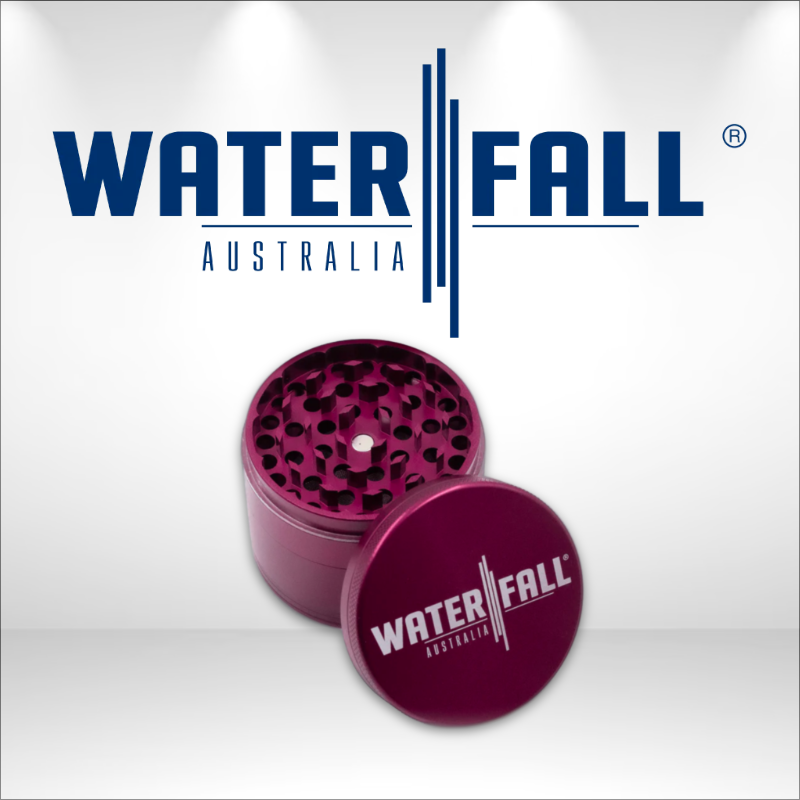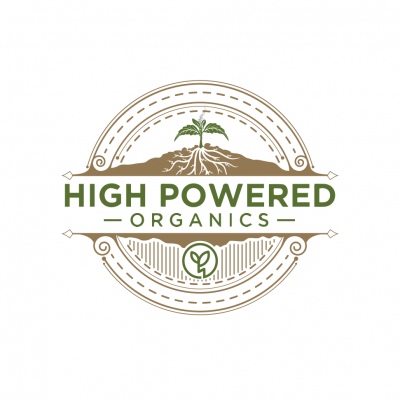Grow Your Own, Health, Hydroponics Systems
Exploring the Pros and Cons of Soil Gardening vs. Hydroponics
Gardening is a fulfilling hobby that offers numerous benefits, from providing fresh produce to enhancing mental well-being. Two popular methods of gardening are traditional soil gardening and hydroponics. Each method has its own set of advantages and disadvantages, catering to different preferences, environments, and gardening goals.
Can’t decide which way to grow?
In this blog, we’ll delve into the pros and cons of both soil gardening and hydroponics to help you make an informed decision about which method suits your needs best.
Pros and Cons of Soil Gardening:
Pros:
- Nutrient-Rich Medium: Soil is naturally rich in nutrients, providing plants with essential elements for healthy growth.
- Enhanced Microbial Activity: Soil hosts a diverse range of beneficial microbes that contribute to plant health and soil fertility.
- Environmental Sustainability: Soil gardening promotes biodiversity and soil health, contributing to overall ecosystem sustainability.
- Cost-Effectiveness: Soil gardening typically requires less initial investment compared to hydroponic systems, as it relies on natural soil and basic gardening tools.
Cons:
- Water Usage: Soil gardening tends to be more water-intensive compared to hydroponics, as water can evaporate or drain away more easily from soil.
- Weed Management: Soil gardens are more susceptible to weed growth, requiring regular weeding to prevent competition for nutrients and space.
- Slower Growth: Plants grown in soil may take longer to mature compared to hydroponically grown plants due to variations in nutrient availability and soil conditions.
- Space Requirements: Soil gardens generally require more space compared to hydroponic systems, making them less suitable for urban environments or indoor gardening setups.
Pros and Cons of Hydroponics:
Pros:
- Water Efficiency: Hydroponic systems use water more efficiently compared to soil gardening, as water is recirculated within the system, reducing water wastage.
- Faster Growth: Plants grown hydroponically often experience accelerated growth rates due to direct access to nutrients, resulting in higher yields in a shorter time frame.
- Space Efficiency: Hydroponic setups can be tailored to fit into small spaces, making them ideal for urban environments or indoor gardening setups.
- Pest and Disease Control: Hydroponic systems are less susceptible to pests and diseases compared to soil gardening, reducing the need for chemical pesticides and herbicides.
Cons:
- Initial Investment: Setting up a hydroponic system can be more expensive initially compared to soil gardening, as it requires specialized equipment and infrastructure.
- Technical Knowledge: Successful hydroponic gardening requires a good understanding of nutrient solutions, pH levels, and system maintenance, which may be daunting for beginners.
- Equipment Dependence: Hydroponic systems rely heavily on equipment such as pumps, timers, and meters, which can malfunction and require regular maintenance.
- Environmental Impact: Some hydroponic systems may have a higher environmental impact due to the use of synthetic fertilizers and plastics in system components.
Both soil gardening and hydroponics offer unique advantages and disadvantages, appealing to different gardening preferences and circumstances. Whether you prioritize environmental sustainability, space efficiency, or ease of maintenance, there’s a gardening method that suits your needs. By weighing the pros and cons of soil gardening and hydroponics, you can make an informed decision and embark on a rewarding gardening journey tailored to your preferences and goals.


